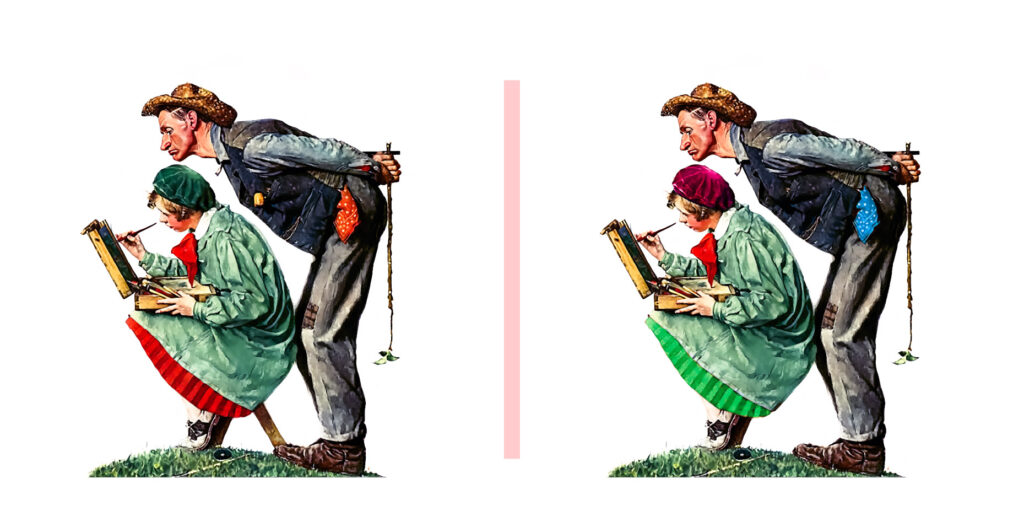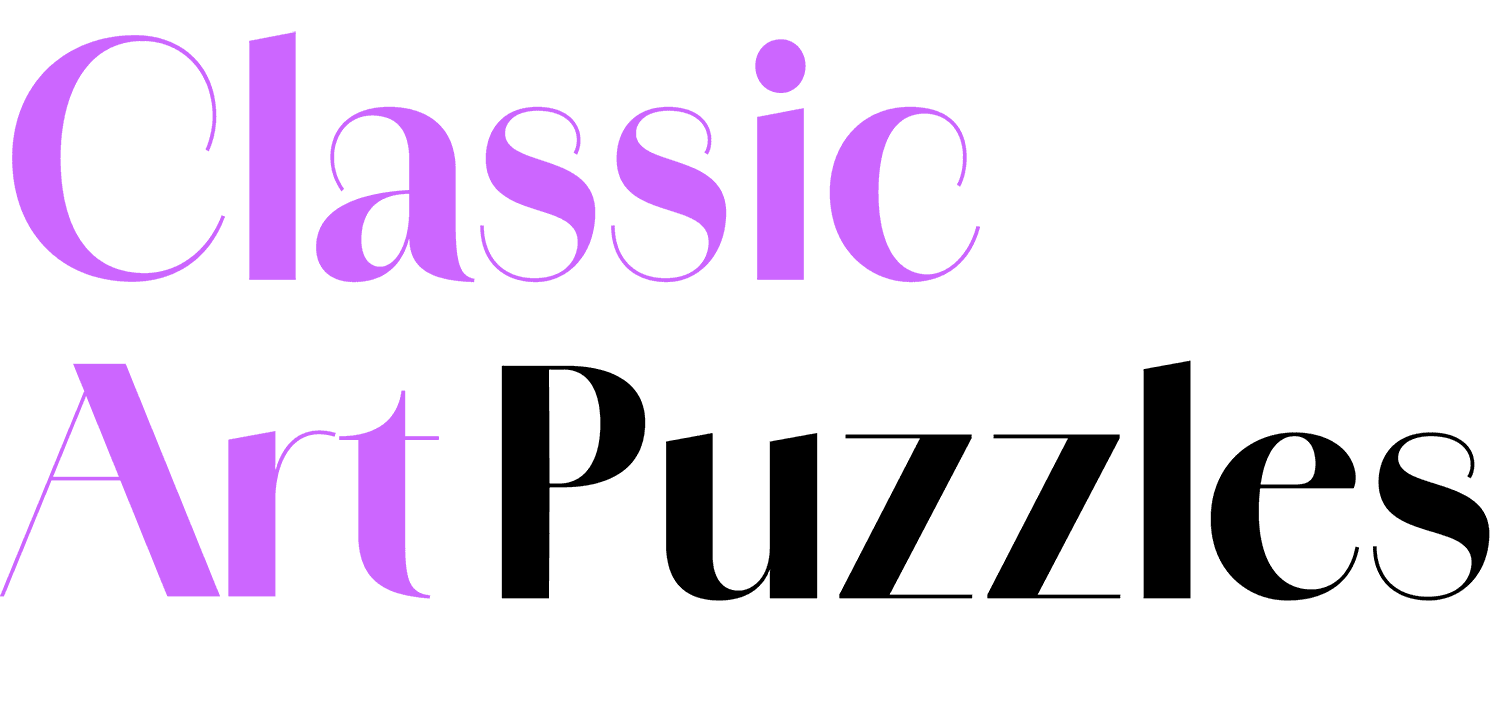Table of Contents
If you’re searching for the cheapest spot the difference puzzle book, you might think the answer lies in bargain bins or downloadable ebooks. But there’s another format that’s both affordable and designed specifically for visual puzzles: the digital flipbook.
Flipbooks offer more than just low prices. They deliver high-quality, interactive puzzles instantly—without printing, shipping, or packaging. In this article, we’ll explore why flipbooks are the best value for puzzle lovers and how they compare to ebooks and printed books.
Why Printed Puzzle Books Cost More Than You Think
At first glance, a paperback puzzle book listed at around $15 might seem like a bargain. However, the price reflects much more than just the puzzles inside—it covers a cascade of physical and logistical expenses:
Printing and materials
- The per-unit cost to print a paperback—especially in bulk—is quite low. Offset printing for larger orders can drop costs to as little as $1.50–$3 per copy, depending on volume and specifications.
- Even with print-on-demand (POD), costs typically range from $3 to $6 per unit for modest runs, and higher for smaller quantities.
- Overall production costs (printing, paper, binding, design, etc.) might account for only 40% of a print book’s retail price, highlighting how other factors absorb the remaining cost.
Shipping, warehousing, and distribution
- Distribution expenses—including warehousing, freight, and handling—can make up to 30% of the retail price of a print book.
- Additional hidden costs like ISBNs, proof copies, storage, and returns further add to the overhead
- Paperback Book Print Cost
- How to Understand Publishing Costs
Retail markups and wholesale fees
- Retail margins often range between 40% to 50%, covering brick-and-mortar or online sellers’ operating costs.
- Similarly, publishers typically offer wholesale discounts of 40% to 60% to retailers, which sharply reduces the amount publishers actually receive.
Publisher royalties
- Authors generally receive 7.5% to 10% royalties on paperback retail prices (occasionally up to 12.5%), which also takes a slice out of the book’s cover price.
International fees: customs, VAT, and duties
- When importing books, import duties and VAT can substantially raise the final price. In some countries, VAT alone can be between 17% to 27%, and customs duties add further cost.
- For example, in Nepal, a 10% customs duty plus shipping increased the import cost enough to shrink profit margins—pressuring booksellers and limiting affordable imports.
- In Ghana, a 15% VAT on imported books triggered concerns among publishing professionals, warning it may stifle the industry.
- Egypt, readers report paying 5% customs plus 14% VAT on imported books—along with other potential overcharges and clearance delays.
Summarized cost breakdown (for a $15 paperback puzzle book)
| Cost Component | Estimated Portion of Retail Price |
|---|---|
| Printing & materials | $1.50–$6 (10–40%) |
| Distribution & shipping | ~30% |
| Retail markup / wholesale margin | 40–50% |
| Author royalties | 7.5–10% |
| Customs & VAT (if imported) | 5–27%+ |
While a $15 paperback may appear inexpensive, much of that cost is allocated to physical production, logistics, retail markup, author rights, and, for international buyers, import-related fees. The actual print cost for a spot-the-difference puzzle book can be as low as $1.50–$2.50, but by the time it reaches your hands—especially across borders—the price reflects a complex value chain.
The Myth of Free Shipping
Printed puzzle books—like a Spot the Difference Puzzle Book—often advertise “free shipping,” but that’s usually more illusion than value. In reality, shipping costs—typically between $3 and $15 or more—are quietly embedded in the book’s price to create the perception of a deal, even though the buyer pays the same amount regardless. This marketing tactic effectively masks real costs in psychological appeal.
In the printed world, producing a Spot the Difference Puzzle Book may cost only about $1.50–$2.50 for paperback and $2.50–$5 for hardcover, yet the retail price often ranges between $10 and $25. Even when “free shipping” is offered, it’s often just a markup spread across the product to maintain margins—especially problematic for international buyers facing added customs duties, VAT, and shipping delays.
Enter digital flipbooks: the only puzzle format that’s genuinely free of shipping because nothing physical is produced or transported. When you purchase a digital Spot the Difference Puzzle Book, there’s no printing, packaging, or logistics—just instant access from anywhere in the world, whether you’re in New York or Nairobi.
This model offers transparent, one-time pricing with no hidden fees. You pay solely for the puzzles and artwork, not for freight or filler—no inflated costs to cover packaging or false “free” shipping claims.
Moreover, digital flipbooks eliminate risks like damage, loss, or long delivery waits. For international users, they bypass customs, surcharges, and zone-based pricing, offering smooth, equitable, and immediate access, without environmental impact.
Flipbooks: Spot the Difference Puzzle Book Reinvented
Built for Affordability and Access
A digital flipbook skips all of that. With no paper, no packaging, and no postage, flipbooks can be priced lower while offering more features than print.
When you buy our spot the difference puzzle book, you get:
- 20 beautifully restored, high-resolution puzzles
- Annotation tools to mark your answers
- Built-in hints and interactive solutions
- Immediate access after purchase
- Lifetime use with no wear and tear
You’re not paying for cardboard and ink. You’re paying for the experience — and you get to enjoy it instantly, on any device.
What About Ebooks? Are They Cheaper?
You might be wondering: Aren’t ebooks even cheaper than flipbooks? And it’s true—ebooks are often very low-cost or even free. But here’s the key difference:
Ebooks are designed for reading, not playing.
Spot the difference puzzles are highly visual and interactive. Ebooks are:
- Mostly text-based
- Limited in image resolution
- Not designed for zooming or marking answers
- Lacking interactive features like hints or solutions
While ebooks work great for novels or instructional guides, they simply aren’t ideal for visual puzzle experiences. In contrast, flipbooks are built for image clarity, interaction, and art-focused gameplay.
So even if an ebook costs slightly less, it doesn’t offer the same quality, usability, or enjoyment. Flipbooks are the cheapest way to get the best experience.
Flipbooks Never Fade, Tear, or Get Lost
Printed books wear down. Pages curl, covers rip, and colors fade over time due to sunlight and acidic paper content. Flipbooks, however:
- Retain their brightness and clarity forever
- Cannot be lost or damaged
- Work across devices
Whether you’re returning to a puzzle next week or next year, it looks just as good as the day you bought it.
A Better Puzzle Experience at a Better Price
Here’s what makes flipbooks the smartest buy:
- No shipping or hidden fees
- No apps to download or install
- No need to replace worn books
- No clutter or storage issues
You just pay once and play for as long as you like. It’s the most affordable way to enjoy engaging, art-based puzzles that actually work.
Try the Smarter, Cheaper Way to Puzzle
So what’s the cheapest spot the difference puzzle book? Not the one marked down at the bookstore, and not the bare-bones ebook. It’s the digital flipbook — affordable, high-quality, and built for exactly this kind of game.
Explore our classic art spot the difference puzzle books, and discover a better way to play and enjoy these puzzles.
The Enduring Allure of the Spot the Difference Puzzle Book: When Charm Trumps Cost
1. The Unique Appeal of a Printed Spot the Difference Puzzle Book
Printed puzzle books hold a nostalgic, sensory magic that digital formats can’t fully replicate. The tactile satisfaction of flipping pages, the subtle scratch of a pencil circling a found difference, and the aesthetic joy of owning a beautifully bound book continue to enchant enthusiasts. Classic Art Puzzles, for instance, celebrates this tactile charm as part of the shared cultural heritage embedded in Spot the Difference Puzzle Books
2. Cognitive and Emotional Benefits of Print
Research suggests print encourages deeper concentration and better comprehension — making a printed Spot the Difference Puzzle Book more than just a game, but a mindful experience that engages memory and visual focus. Scanning real images and marking differences can evoke a calm, immersive state rarely matched by screens.
3. Durability, Collectibility, and Sharing Potential
Physical books can’t crash, expire, or fall victim to tech issues — they remain accessible, shareable, and collectible. As noted by libraries, print copies endure the test of time and don’t rely on power or compatibility Canton Public Library. For some, owning a printed Spot the Difference Puzzle Book is part of the charm — a keepsake you can display, pass along, or revisit years later.
4. When Print Makes Sense Despite Higher Cost
Yes, a printed Spot the Difference Puzzle Book, especially when imported, may exceed $100 once shipping, customs, and time delays are factored in. But for some users — like gift-givers, collectors, or those who prize the sensory experience — that cost is outweighed by the book’s tangible value and emotional resonance.
Print or Digital — It’s About What You Value
While our digital flipbooks offer unbeatable value — $4–$7 for instant lifetime access with interactive features — we acknowledge that some readers cherish print. Whether it’s the physical presence, the heritage feel, or simply the joy of turning pages, printed Spot the Difference Puzzle Books continue to hold a special place for many. And that’s a good thing — because puzzles should bring pleasure, however you prefer to play them.
Summary: Why the Digital Flipbook Beats Print Every Time
Cost Comparison: Spot the Difference Puzzle Book
- Digital Flipbook: $4–$7 for instant, lifetime access with full interactive features.
- Printed Edition: Often exceeds $100 internationally—due to printing, shipping, customs, VAT, and logistics.
Time & Opportunity Cost
- Digital: Instant delivery—start puzzling immediately.
- Print: Typical delivery times span 30 days or more, delaying enjoyment and increasing opportunity costs.
Added Value vs. Hidden Drawbacks
- Our digital flipbook integrates intuitive tools and interactive features lost in print versions.
- Physical books can arrive damaged, fade over time, or be lost—none of which applies to our durable, screen-based format.
Choosing our digital Spot the Difference Puzzle Book offers unmatched value: you pay significantly less—not just in dollars but in time and convenience. You gain a richer, more flexible puzzle experience without the overheads and delays tied to print. When evaluated fully—price, speed, features, and reliability—no printed book can compare.
Let’s Play: Try to Find 5 Differences in the Below Two Image Art
Hayseed Critic, by Norman Rockwell

